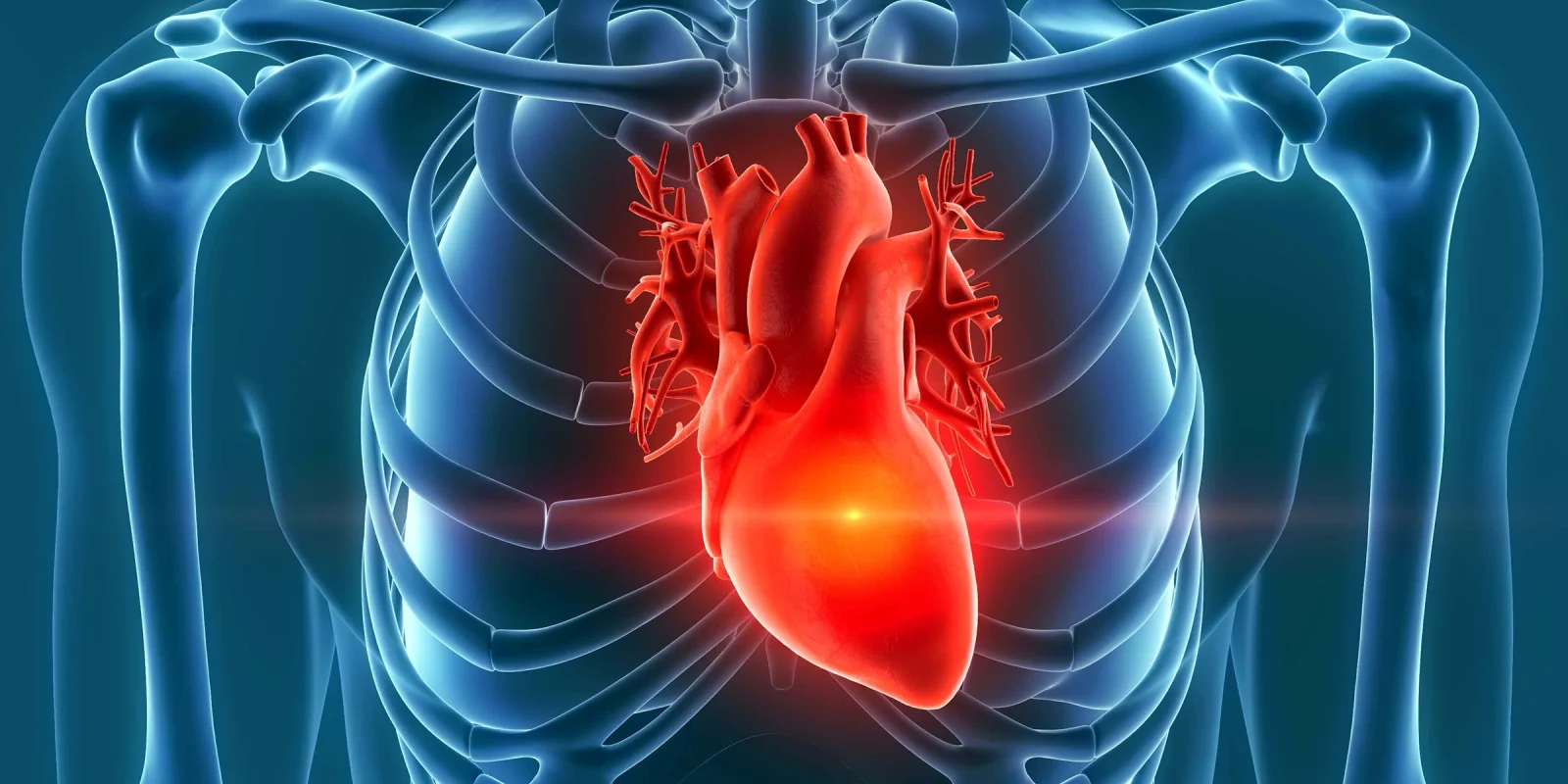Dr. Joshua Davis is a 2020–2021 Doximity Research Review Fellow. Nothing in this article is intended nor implied to constitute professional medical advice or endorsement. The views expressed in this article are those of the author and do not necessarily reflect the views/position of Doximity.
Emergency physicians are well-versed in chest pain, as it is one of the most common ED complaints. However, any physician who claims to have completely figured out chest pain is either mistaken or a fool. Missed diagnosis of myocardial infarction is one of the most common bases for malpractice lawsuits in which an ED physician is the primary defendant. On the other hand, admission for low-risk chest pain has also been associated with harm. As a result, significant research has been done to improve the diagnosis of coronary disease in ED patients presenting with chest pain.
Most contemporary physicians use the HEART score to risk-stratify ED patients for whom chest pain is suggestive of a cardiac cause. Evidence suggests it outperforms other scores like the TIMI risk score and the GRACE score. Recently, however, a U.K. meta-analysis has brought back the ED Assessment of Chest Pain Score (EDACS) as a potential alternative to the HEART score.
The analysis pooled eight studies of 11,578 patients and found a sensitivity of 96% with only 0.54% of low-risk patients having a major adverse cardiac event in the following 30 days. Most importantly, the EDACS identified 55% of patients as low risk and not in need of hospital admission. By comparison, a HEART score above the low risk threshold (≥4) also has a sensitivity of 96%, with a slightly higher miss rate of 2.2%. That said, studies have shown that the HEART score only identifies 33–45% of patients as low risk.
This new meta-analysis suggests the EDACS has equal, if not better, accuracy in identifying low-risk patients than the HEART score. More relevant, though, is that it also identifies more patients as low risk. This tool could be used to further decrease unnecessary hospitalizations for low-risk chest pain. One of the downsides of the EDACS is that it requires two troponin values two hours apart. But, due to the potential of delayed elevation, many physicians would get two troponins on patients presenting with acute (within hours of) chest pain, regardless of the score they are using. Indeed, the HEART pathway, an accelerated diagnostic pathway using the HEART score that was developed to increase diagnostic accuracy, also uses zero and three-hour troponins.
The EDACS should be considered an equivalent, and likely better, score to identify low-risk chest pain patients in the ED. The EDACS should be worked into institutional chest pain protocols and, of course, this change should be made in concert with ED colleagues, local cardiologists, and hospital/ED administration. This change is not one physicians should make independently, tomorrow, but it should be on the table for consideration. I will be bringing it up at our next departmental discussion about chest pain and myocardial infarction.
Dr. Joshua Davis is an emergency physician who completed his residency at Penn State Milton S. Hershey Medical Center. He completed medical school at Thomas Jefferson University and received his undergraduate degree from the University of Delaware. His research interests are broad and include emergency medicine topics along with patient safety, handoff communication, and diet and exercise.
Image by u3d / Shutterstock







